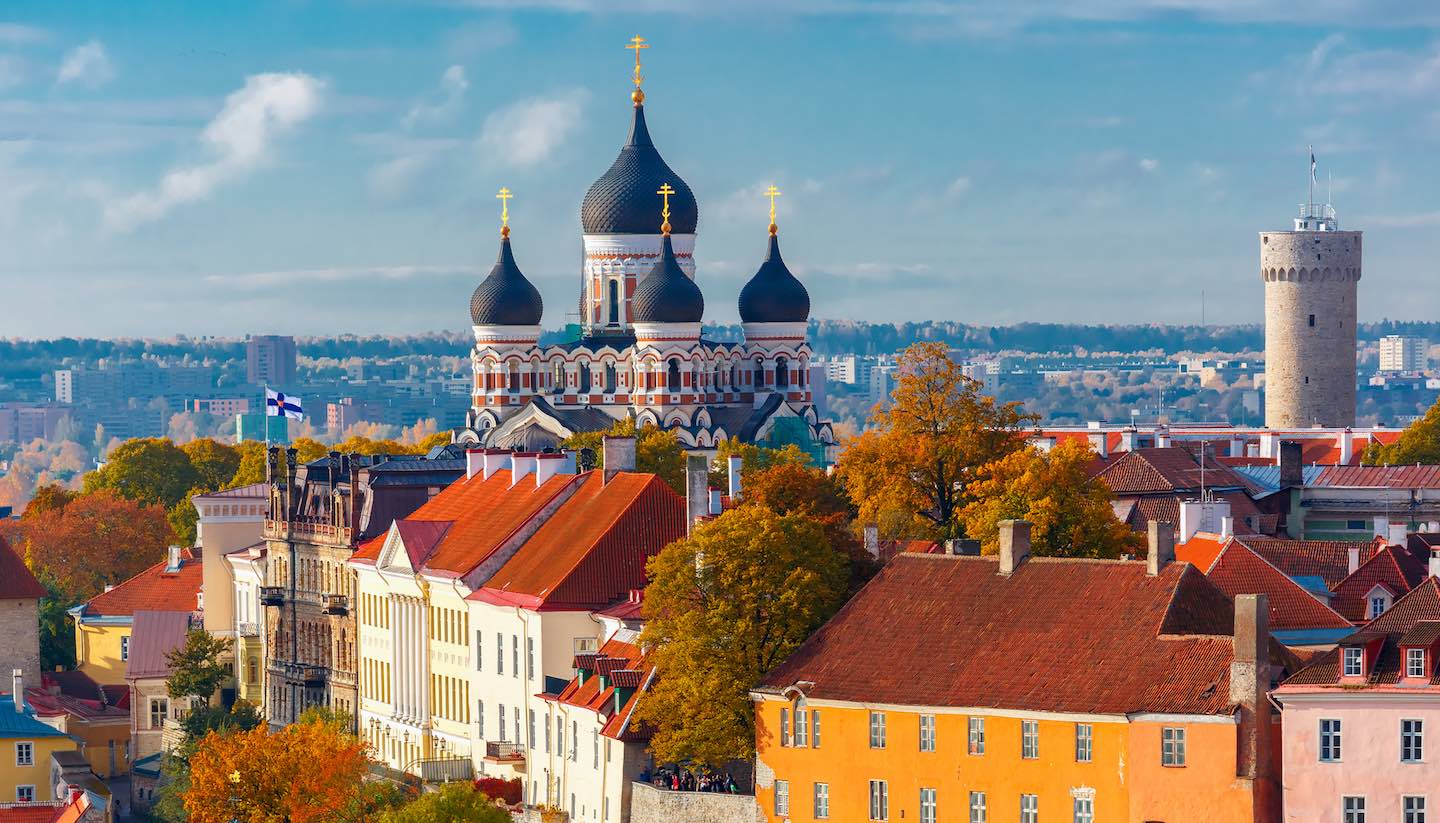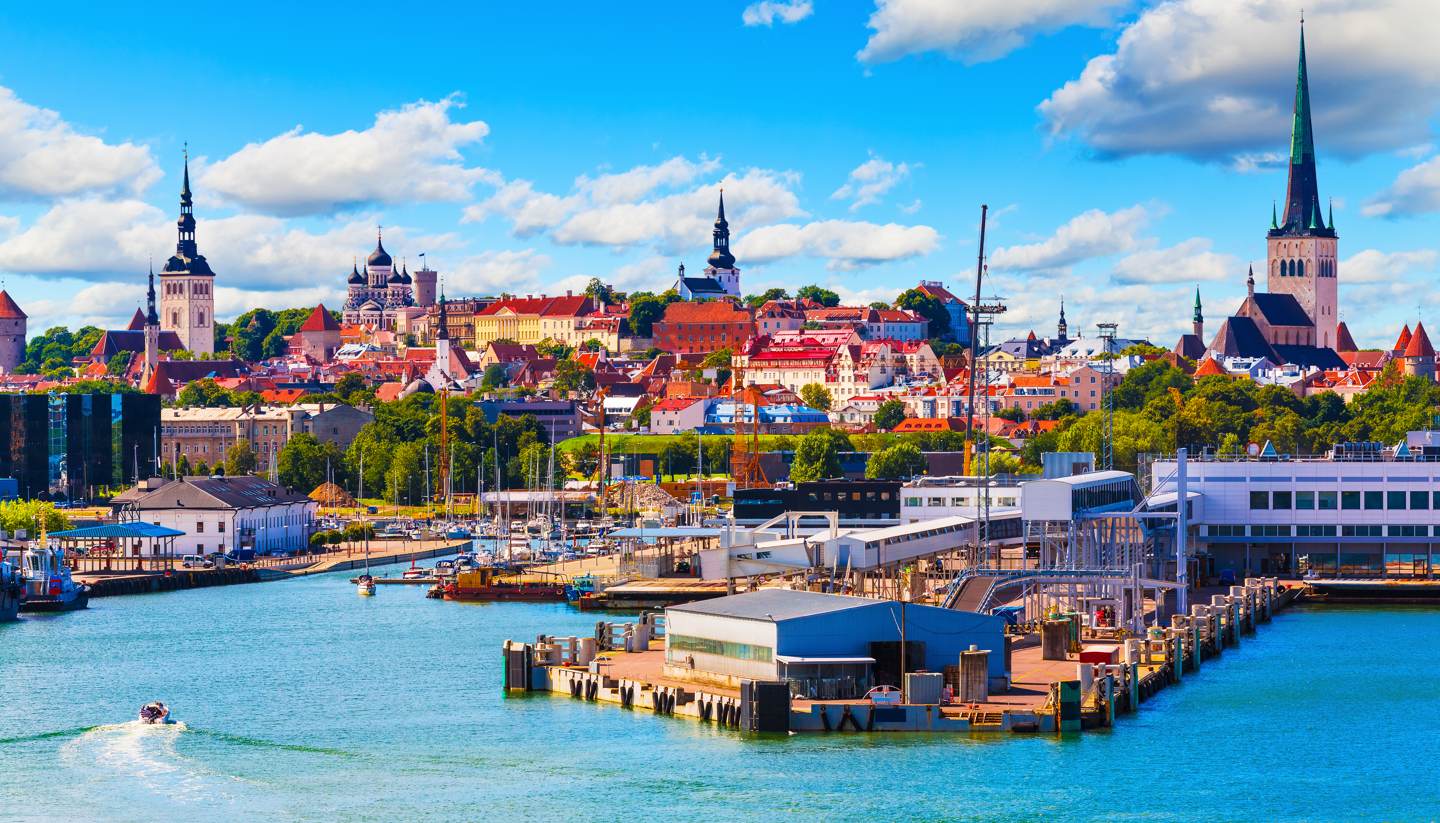Estonia Weather, climate and geography
Weather and climate
Best time to visit
Located in the northern part of the temperate climate zone and influenced by the Atlantic Ocean and Baltic Sea, Estonia has four distinct seasons with July being the warmest month and February the coldest. Rainfall is moderately low throughout the year, but falling frequently in summer and autumn.
Spring (March to May) sees water levels rise due to snow melts, flooding low-lying lands and giving keen canoers access to places that are otherwise accessible by foot. In Tallinn, the average temperatures rise gradually from -1°C (30°F) in March to 11°C (52°F) in May.
Summer (June to August) is the best time to visit Estonia as visitors can enjoy warm days and a string of festivals. However, do bring a raincoat as summer can be wet with frequent showers. In some coastal areas, visitors get to enjoy 19 hours of daylight in June.
Autumn (September to November) sees many gloomy days and frequent rainfall. September is still a good time to visit Estonia but by November, the weather turns cold and wet with temperatures averaging just 1°C (34°F).
Winter (December to February) is cold and snowy, particularly in the southwest where the warm sea current does not quite reach. Despite cold, Tallinn is most atmospheric with the Christmas Market sparkles in the charming Old Town.
Required clothing
Lighter clothes are worn during the summer months, although a jacket is advisable in the evening.
Wrap up warm if you're visiting during the winter months. Check the climate of the specific area you intend to travel to as winter temperatures vary greatly between the coast and inland.
Geography
Estonia is the most northerly of the three Baltic Republics and is bordered to the north and west by the Baltic Sea, to the east by the Russian Federation and to the south by Latvia. The country is one of great scenic beauty with many forests, more than 1,400 lakes and 1,500 islands. Smaller than Lithuania and Latvia, it has nevertheless the longest coastline of all the Baltic States.



